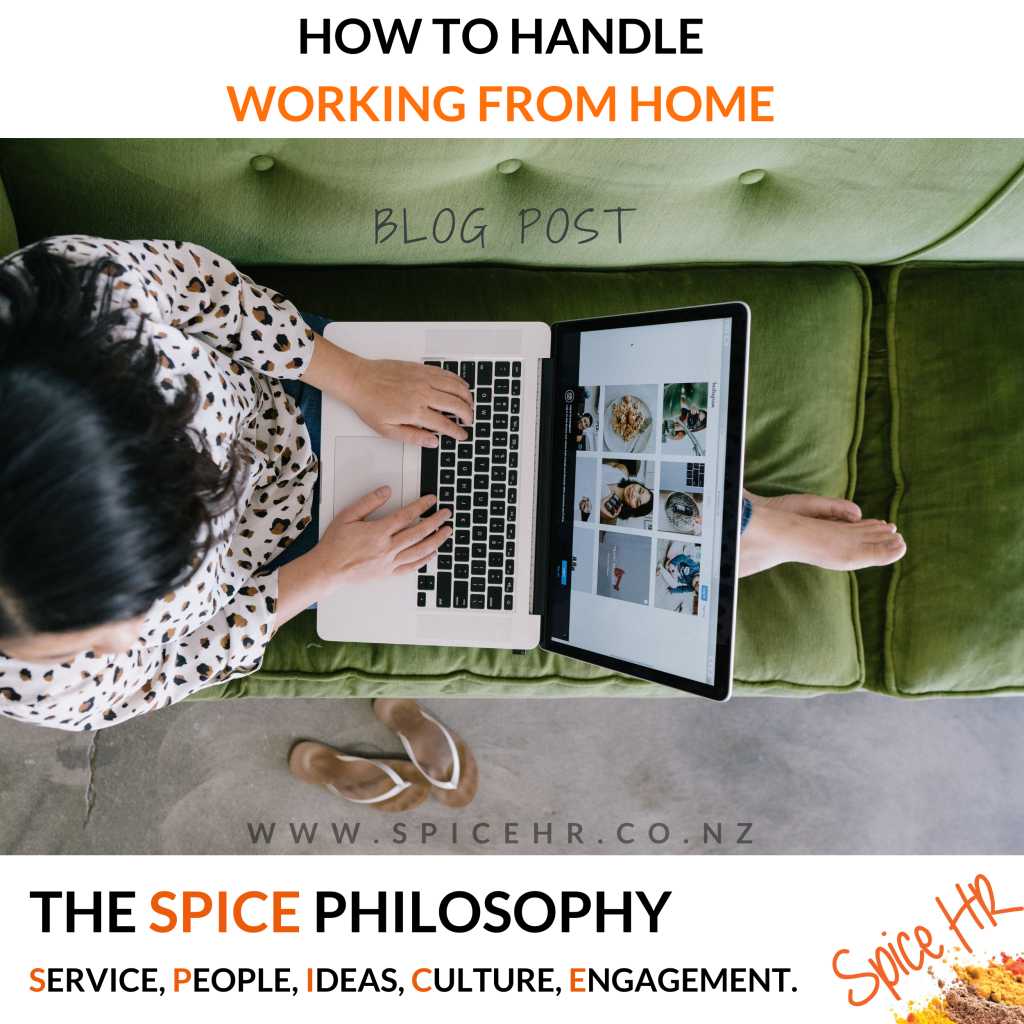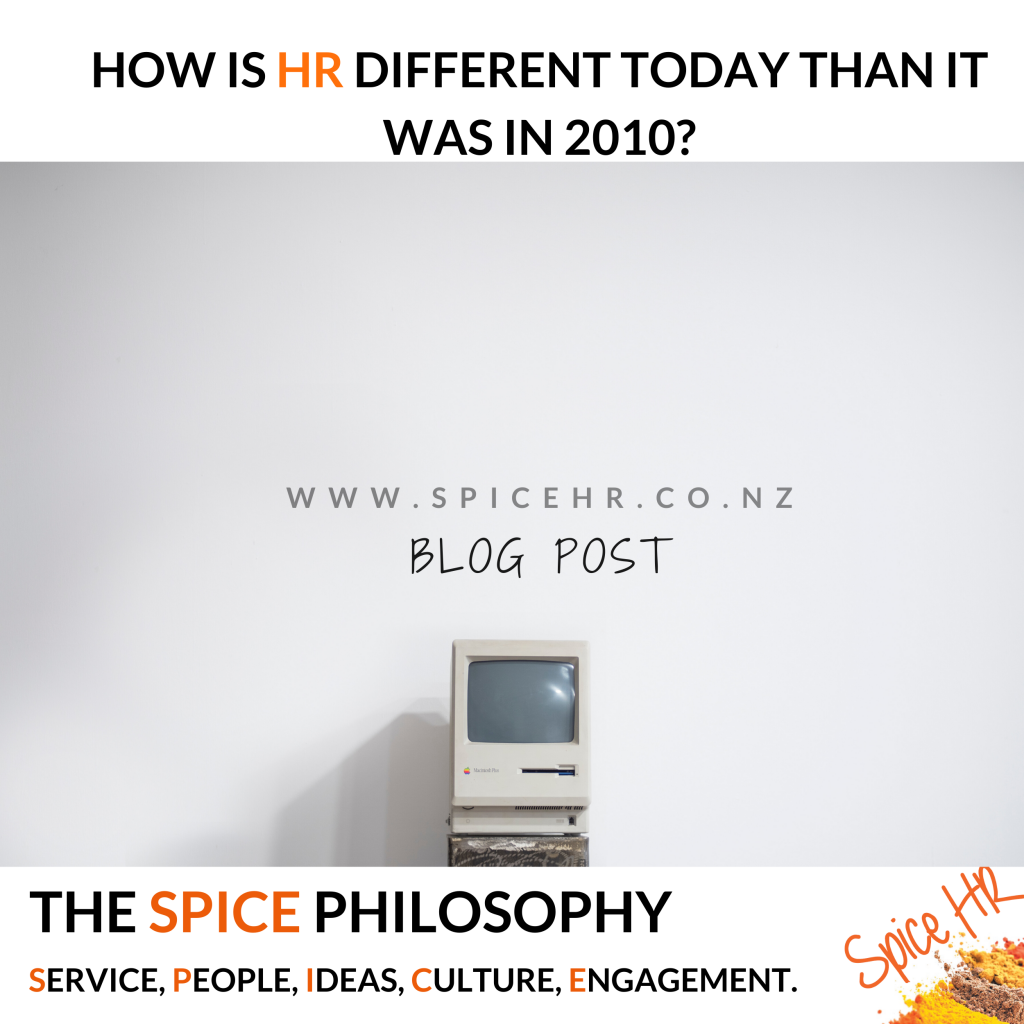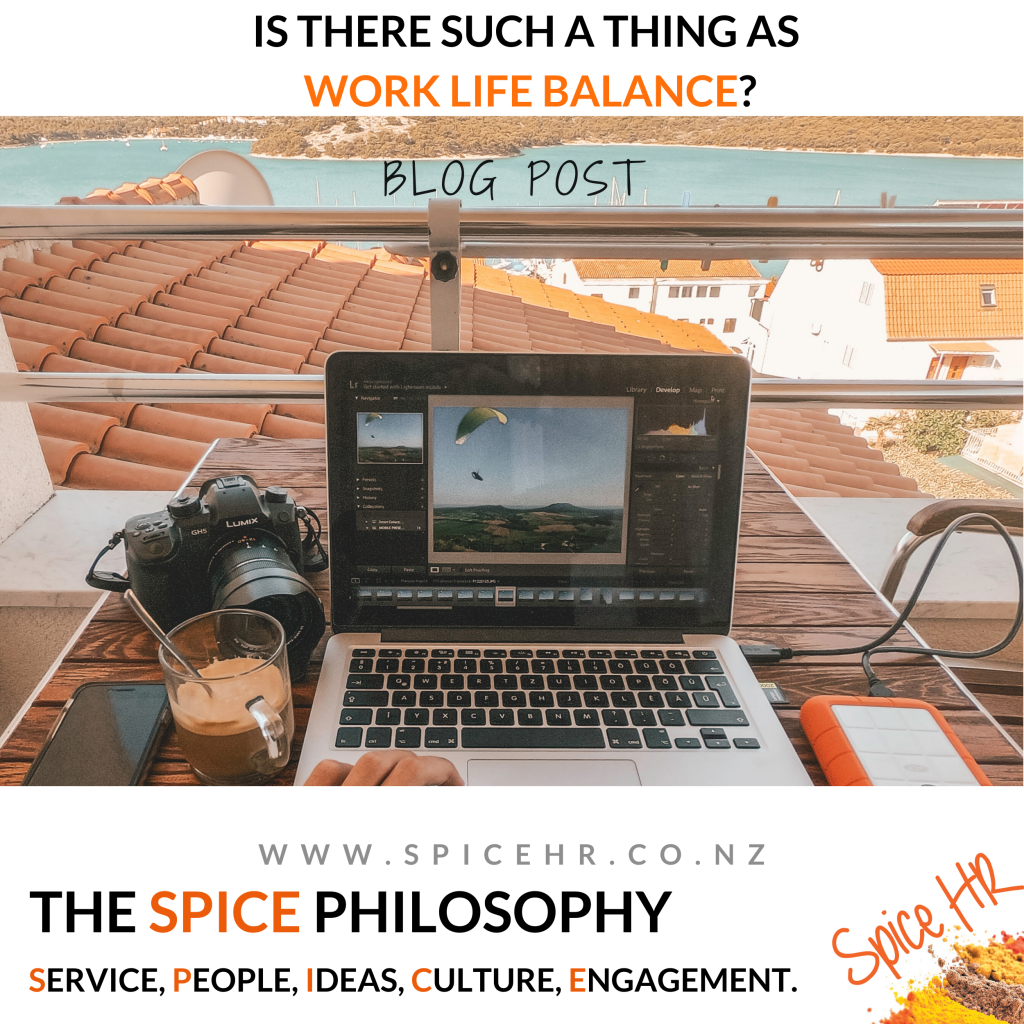How To Become An Employer Of Choice And Showcase Your Business
A stellar employee (or two or three) can propel your business from average to outstanding. So naturally, you need to entice, intrigue, and retain high performers. But dangling a few carrots and hoping for the best isn’t going to cut it. These days, you must tailor your benefits and perks to the top talent and find ways to communicate why you are an employer of choice.
Not only will this help you attract high calibre employees to your business, it will also ensure you retain them long term.
Read on to find out what will give you the edge for today’s best candidates, and how to dazzle them during the interview stage.
Become An Employer Of Choice And Showcase Your Business
What’s On The Wishlist?
Most skilled professionals are looking beyond a fat salary. So don’t assume that as a smaller business with a lower budget, you can’t compete with larger organisations. Conversely, businesses with higher wages shouldn’t sit on their laurels and rely on numbers alone to attract the talent.
Here are the benefits and perks that today’s workforce value most:
- Flexible work schedules
- Remote work opportunities
- Generous paid time off
- Family leave
- Student loan assistance
- Education and development
- Wellness initiatives/work-life balance
- Health insurance
Supporting Work-Life Balance
Even before 2020 hit us with work from home rules, flexible work hours and remote work opportunities were some of the top priorities for experienced candidates. And they continue to dominate.
With that in mind, how can your business support employees to find that work-life balance? A few of the options from the list above are a great place to start, including leave and paid time off, remote working, and flexible schedules.
Other simple yet valuable options might include day care, health and wellness programs, pet-friendly offices, and firm guidelines on no-after hours emails or phone calls. This is particularly essential for employees working from home, who may find it harder to separate work and home life.
Don’t forget that you still have H&S responsibilities even when your employees work from home. Ensure you develop policies to help them manage their health and safety effectively.
Flip Your Interview Strategy
Interviews of old have traditionally been rather one-sided. It’s all about what the candidate can offer you, rather than what your business has to offer them. But, things have shifted now. Remember, you are not the only business looking to hire the most qualified and experienced applicant. You may be facing stiff competition, so take the opportunity to showcase your employee value proposition during the interview.
What sets you apart and makes you a fantastic employer over and above anyone else? Once you know this, communicate it by giving each applicant a unique and engaging candidate experience – from your first job post to the final hiring process.
Instead of whipping out the old behavioural-based questions, think of how you can show your organisation’s personality. Focus on having a conversation with each candidate, and think about culture fit as well as skillsets.
When coming up with questions, frame them around the values and culture of your business, and attach your purpose and why. This will help candidates understand your culture and help both parties figure out if the fit is right.
Welcoming the ideal candidate into your business is only possible when you position yourself as an employer of choice. Think beyond dollars to carve out your unique employee value proposition, craft a compelling candidate experience, and you will find it much easier to be united with qualified and experienced applicants who are the perfect fit for you.
If you need help with crafting the employee value proposition then get in touch with the team here at Spice HR. We can help you nail all the aspects to become an employer of choice! Reach out to us today.




